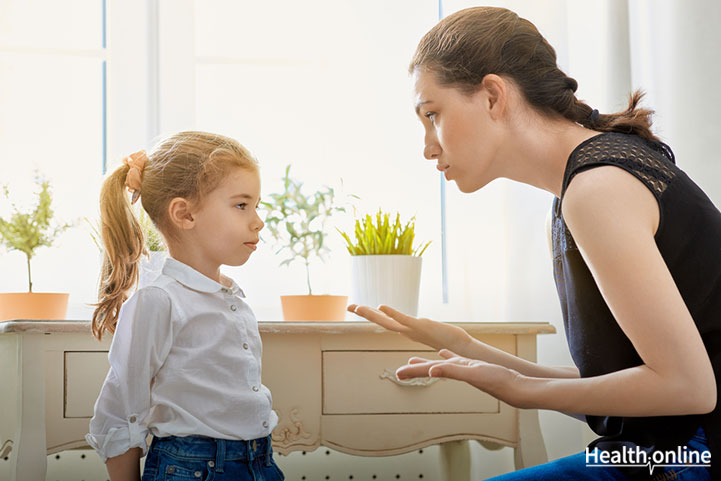
How to Discipline Your Child Without Being Angry
Your toddler is throwing yet another tantrum . Your preschooler is absolutely, positively refusing to pick up her toys. Or maybe your older child just stomped away and slammed the door when you asked her to do her homework. Now what? You could get all huffy and start screaming. But that won’t help anyone. What you need right now is to discipline your child, minus the parental anger part.
Stop Feeling like a Failure
Daycare called. Again. Your toddler bit yet another child. Hmm. It must be your fault. At least, that’s what you’re thinking. You’re embarrassed, outraged and are putting the blame entirely on yourself. Face it, you feel like a parenting failure.
The important thing to keep in mind right now is – you are not failing at anything. Kids aren’t born knowing right from wrong. It’s the adult’s job to teach them that. But you can’t teach your child all of the in’s and out’s of appropriate and acceptable behavior on day one. It takes time. And that’s time you need to give to yourself.
Take a Moment
You told your 4-year-old to keep her grape juice in the kitchen. But she brought it into the living room anyway. And then she dropped it – all over your white sofa. You snap and scream. Hold on. Of course, you’re angry. That’s totally natural. No one blames you. Hey, any other mom or dad would be too.
Instead of jumping in for the big yell, take a moment and:
Breathe. Really, just breathe
Count to 10 silently. Close your eyes, focus on the numbers and just count.
Look inwards and ask yourself, “Why am I mad?” Something about the situation triggered your anger, and you need to know what it is before you react.
Think about this question, “Is it really such a big deal?” It may seem major at the moment, but your preschooler’s juice blitz probably isn’t the worst thing that a child has ever done.
Changing Behavior
The goal of discipline is to change your child’s behavior. It isn’t to humiliate, scare or intimidate her. Approaching your child with anger will do just that.
So, before shouting, “Are you kidding me?”, backtrack and remember what this goal is. The angrier you are, the more out of control your emotions get. This only makes the situation worse and escalates the conflict.
Ask yourself what behavior you want to change right now. You can even ask your child. Calmly saying, “What behavior do you think you need to change?” may just stop her in her tracks, get her thinking, and diffuse the situation.
Oh, and it will help her to realize that she needs to make a change for herself. In case you were wondering, that’s what needs to happen here. It doesn’t matter how outstandingly amazing you are as a parent, you can’t force your child to make a change if she doesn’t want to.
Discipline vs. Punishment
These are the same thing, right? No way. Not a chance. Discipline means that you’re using effective strategies (most likely developed by a child development professional) to change or redirect your child’s behavior. This doesn’t mean there aren’t consequences. There certainly are. But the consequences are never punitive or hurtful.
Discipline may include:
Redirection
Drawing your child’s attention away from the unwanted behavior and focusing it on a more acceptable one. For example, “Janey, please don’t hit your brother. If you’re angry you can go outside and kick the soccer ball or run around the yard to get that bad energy out.”
Time-outs
Natural consequences. Your child doesn’t study for her math test, so she fails.
Your consequences. Your child fails her math test, so she loses computer time.
On the other side, punishment is punitive. It’s not necessarily a ‘consequence’. Instead, it’s something a parent does to a child to either emotionally or physically hurt them. In the parent’s mind, this is a deterrent to the ‘bad’ behavior.
Here’s the thing – punishment doesn’t work. Spanking, screaming or humiliating your child won’t fix the problem. Most likely, it will only create a whole new set of them.




